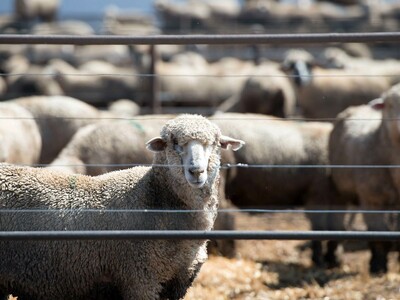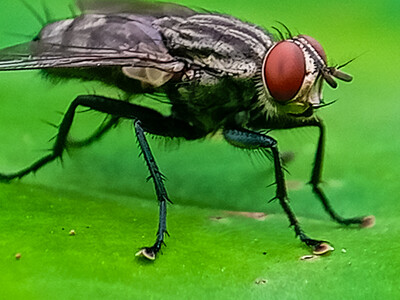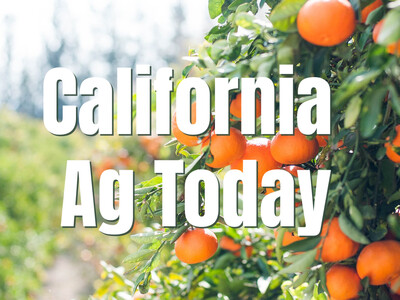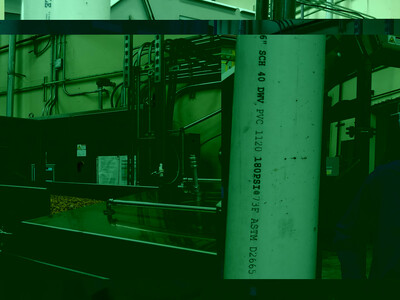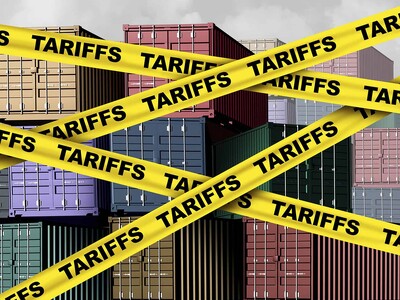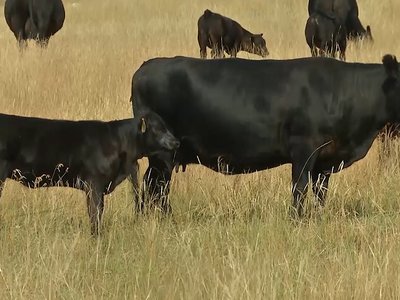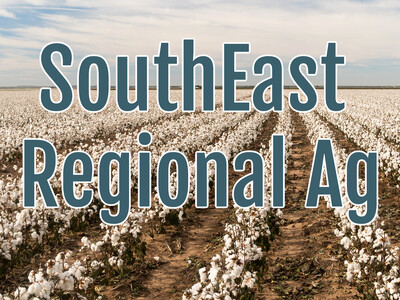Novel H1N1 Surveillance Plan
Novel H1N1 Surveillance Plan. I’m Greg Martin with today’s Line On Agriculture.
The Pork Checkoff is working with state and federal officials to develop a comprehensive on-farm response plan for the novel H1N1 virus. At this point, the novel H1N1 virus has not been suspected or confirmed in the
WEBB: There’s certain benefits to a properly developed surveillance program, not just for H1N1 but for other novel strains of influenza. If we had a surveillance program that was working for the interests of the industry and animal health then we would be able to get a better understanding of the current epidemiology of influenza in the swine herd, again not just for H1N1 but for other flu’s as well. It would also help our industry develop more accurate diagnostic reagents for flu strains that are out there.
According to Webb, state animal health officials are the best source of reliable information about novel H1N1 and swine.
WEBB: If there’s anything going on as far as suspect cases or confirmed cases of this novel H1N1 in swine your state animal health official is the primary source of reliable information and that is the really important take home is that the work between the state animal health officials and the state public health along with the producer and the herd veterinarian are really the keystone’s to a successful response to this particular strain of influenza getting into swine.
If the novel H1N1 virus was found in the
WEBB: The most important part is that under this monitored situation is that there wouldn’t be any movement of pigs until those clinical signs have resolved or with the permission of the state animal health official and that’s really important to understand. Pork producers do not move sick pigs and in the situation where the welfare of the animals are compromised the state veterinarian would then have the ability to, under this monitored approach, work with the herd to move to the next production phase and keep those animals monitored until the issues have resolved.
That’s today’s Line On Agriculture. I’m Greg Martin on the Northwest Ag Information Network.





